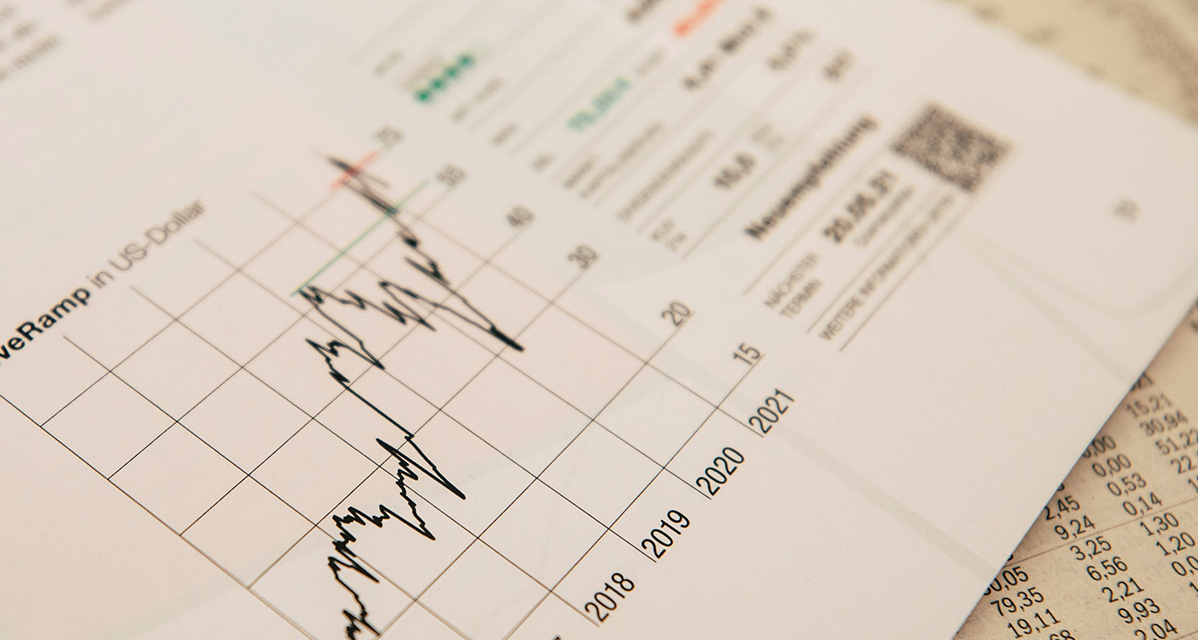Global Economies Gaining Momentum

At the close of business last Friday, global equities traded near all-time highs as economies continued to show signs of recovery despite the spread of the Delta variant of the coronavirus.
US 10-year Treasury yields rebounded from around 1.16%, their lowest level since February, to end the week around 1.30% after strong US employment data. The price of West Texas Intermediate Crude oil fell about $4 a barrel, to $69.30 on the week while volatility, as measured by the Cboe Volatility Index (VIX), slipped to 17 from 18.6.
MACRO NEWS
The global economy continues to recover past the COVID-19 lockdowns in a position of strength. The US purchasing managers’ index rose to a record 64.1 in July, up from 60.1 in June, while the eurozone services PMI showed a solid rebound despite the spread of the Delta variant, though the UK services sector saw a dip in activity in July. The eurozone composite PMI, which includes both manufacturing and services, reached its highest level since 2006.
Macro indicators would suggest that 2021 will see a strong earnings growth environment that may include not only a recovery back to 2019 levels, but even stronger growth given the release of pent-up demand and excess personal savings.
CANADIAN ECONOMIC NEWS
The S&P/TSX Composite Index has often been referred to as a commodity-linked index given that two of its largest sectors are commodities and energy. As the global economy continues to recover from COVID-19 and government-forced lockdowns, the demand for commodities is expected to continue increasing. The increased demand should bode well for S&P/TSX returns.
US ECONOMIC NEWS
With nearly 90% of the constituents of the S&P 500 Index having reported for Q2 2021, blended earnings per share shows that earnings growth is running at an astonishing 88.7% while sales grew 24.7% compared with the same quarter a year ago. Nearly 87% of companies have beaten expectations this quarter.
Stock market corrections are common and very difficult to predict. Since 1980, the S&P 500 index has fallen an average of 14.3% in any given calendar year but is positive 78% of the time with an average return of 10.3%
As we look forward, we’re starting to see signs that the global economy may have bottomed and has shifted from contraction to recovery. Since the month of August, the US ISM purchasing managers’ index (PMI) shows that manufacturing activity has increased materially on a month-over-month basis.
Equity markets often follow Newton’s First Law of Motion; an object in motion, remains in motion. Historically, when the S&P 500 Index is up over 20% in a six-month period, there is a 48.6% chance it will be up more than 10% in the following six months. This is a 10% higher probability than the chance it will be up over 10% in any six-month period.
US payrolls soared in July
The United States added a stronger-than-forecast 943,000 jobs in July, and the unemployment rate declined to 5.4%. The prior-two-months’ payrolls were upwardly revised by a robust 119,000. However, the July data were collected in the middle of the month, suggesting they may not fully reflect the impact of the fast-spreading Delta variant.
With the US Federal Reserve debating the timing of tapering its asset purchases, today’s report suggests investors could get a signal from Fed Chair Jerome Powell at this month’s Jackson Hole Symposium or from the September meeting of the Federal Open Market Committee on when the pace of quantitative easing will be dialLed back.
EUROPEAN ECONOMIC NEWS
This past week, the entire German sovereign yield curve, out to thirty years, fell into negative territory, with the 30-year bund showing a -0.04% yield at press time.
The latest economic bulletin from the European Central Bank says that the economic recovery in the eurozone remains on track, but that the Delta variant is a growing source of uncertainty. There is a long way to go before the damage to the economy caused by the pandemic is offset, the report says.
On Wednesday, the Bank of England outlined its exit strategy from quantitative easing, saying that it will stop reinvesting when the bank rate hits 0.5% and that it will consider selling bonds when rates hit 1%.
JAPAN, CHINA and EMERGING MARKETS ECONOMIC NEWS
We have been reducing emerging market equities in your portfolio. Having said this, it is true that emerging market equities enjoy their best performance in an accelerating growth and inflation environment. This is why we have only reduced this exposure by 50%. While currently lagging behind their developed market peers, we believe emerging market equities have the potential to outperform into 2022.
Chinese state media reported over the weekend that the domestic economy will get a major policy boost in the second half of the year, though the People’s Bank of China said it would avoid “flood-like” stimulus. Global markets rallied early in the week on the prospect of increased monetary and fiscal accommodation.
State media singled out video games this past week, calling them “opium for the mind,” triggering a tumble in share prices in China’s online gaming sector. The media criticized online platforms on Friday, saying they promote undesirable content.
Late in the week, the Wall Street Journal reported that China’s regulatory crackdown may be in an early phase. The Chinese Communist Party is pushing private companies to align more closely with its goals, paying little heed to the concerns of global investors.
Services sector rebound continues
The SEC said this past week that Chinese companies will need to disclose more about their structures and their contracts with the Chinese government before listing in the US. Chinese regulators called for closer communication with the US over market controls, adding that China will support overseas listings and improve policy transparency.

